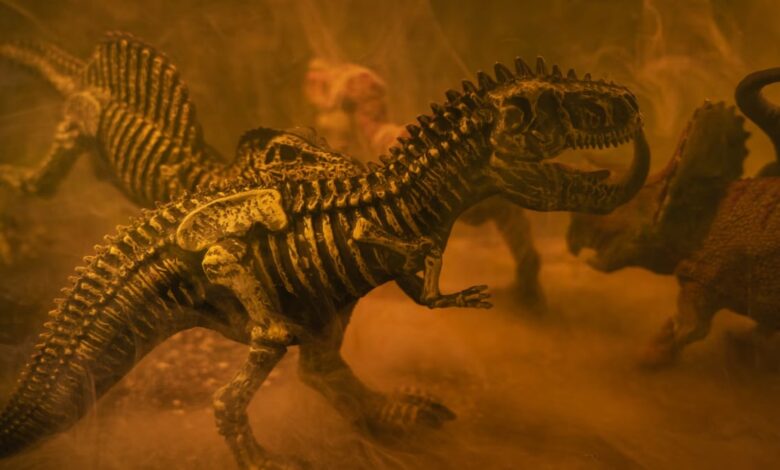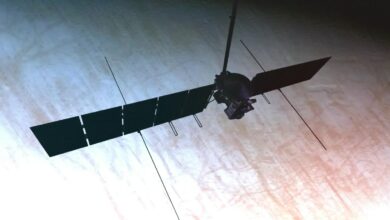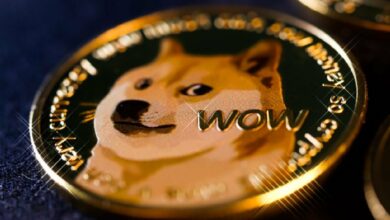This dinosaur’s armor could have withstood a high-speed car crash

Research has found that the well-preserved fossil of a nodosaur, a herbivorous dinosaur, could withstand the force of a high-speed car crash. The fossil, discovered in Alberta, Canada, belongs to Borealopelta markmitchelli, a species that lived about 110 million years ago during the Early Cretaceous period. This fossil is one of the best preserved dinosaur specimens ever found and provides unprecedented insights into the defensive capabilities of the nodosaur’s armor.
Study insights from expert researchers
The research, led by biomechanical paleontologist Dr. Michael Habib of UCLA, found that the keratin sheaths covering the nodosaur’s bony tips were significantly thicker than previously thought. The thickness of the keratin layer on the fossil was almost 16 centimeters in some areas, much thicker than the keratin found in modern animals such as cattle horns. This keratin, combined with bony spines, provided exceptionally strong defenses.
According to According to Dr. Habib, the strength of the nodosaur’s armor was such that it could withstand more than 125,000 joules of energy per square meter – equivalent to the force of a high-speed collision with a car. The research found that this armor was a defense against predators, but it probably also played a role in fights between males of the same species.
Adjustments for flexibility and protection
The study further suggested that the nodosaur’s armor, consisting of a flexible keratin layer, allowed for greater mobility and protection. If the keratin is damaged, it can be shed, providing a quick repair mechanism compared to brittle bone armor that can crack on impact. The presence of keratin would also have allowed the dinosaur to fight its rivals effectively, which could have been crucial in mating battles.
The remarkable preservation of the fossil has led to further insights into the armor of other dinosaur species, with researchers suggesting that similar adaptations could have been widespread among armored dinosaurs.




